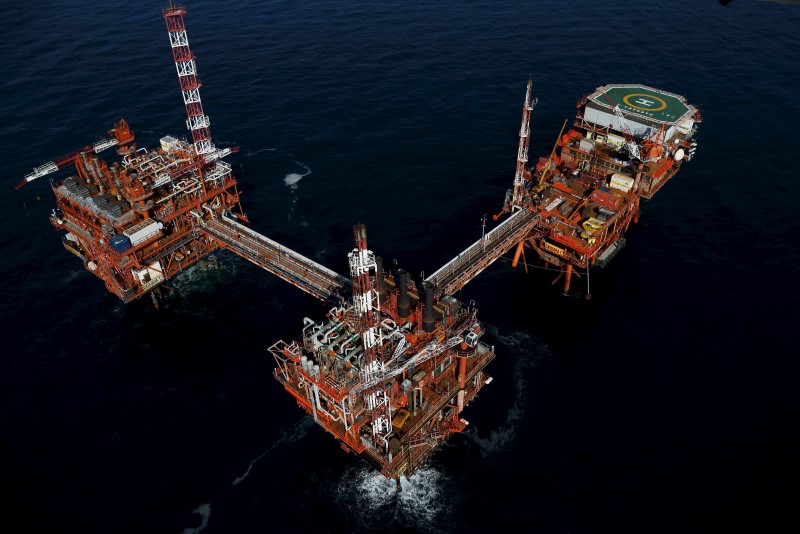5 big analyst AI moves: Apple lifted to Buy, AI chip bets reassessed
Investing.com - Oil prices have remained supported in recent weeks as OPEC+ production increases have been more moderate than initially feared.
Between March and June, the eight OPEC+ member states with additional voluntary production cuts increased their production quota by 959,000 barrels per day (bpd), but the effective production increase was just 543,000 bpd, according to OPEC’s secondary sources.
For July, the group’s supply increase is likely to again fall short of the 411,000 bpd quota increase following drone attacks that shut oilfields in northern Iraq. UBS expects actual production to remain below quota in August as well, citing several factors including some members producing above quota, others facing compensation cuts, and some likely reaching maximum capacity limits.
Chinese oil demand has been stronger than many analysts expected at the start of the year, providing additional support for crude prices. Chinese stockpiling has been particularly significant, with the country’s crude inventories rising by 82 million barrels in the second quarter alone, out of a global inventory increase of 158 million barrels during the same period.
Oil inventories in OECD countries remain low despite rising by 37 million barrels this year, which is less than half the average seasonal increase observed from 2012-2016. UBS notes that this tightness in key pricing centers should continue to support crude prices in the near term.
The V8 members of OPEC+ will decide about production levels for September in early August, which could impact market dynamics. While the oil market is expected to remain tight for now, UBS indicates the market might loosen toward the end of the year, potentially leading to lower prices.
This article was generated with the support of AI and reviewed by an editor. For more information see our T&C.
